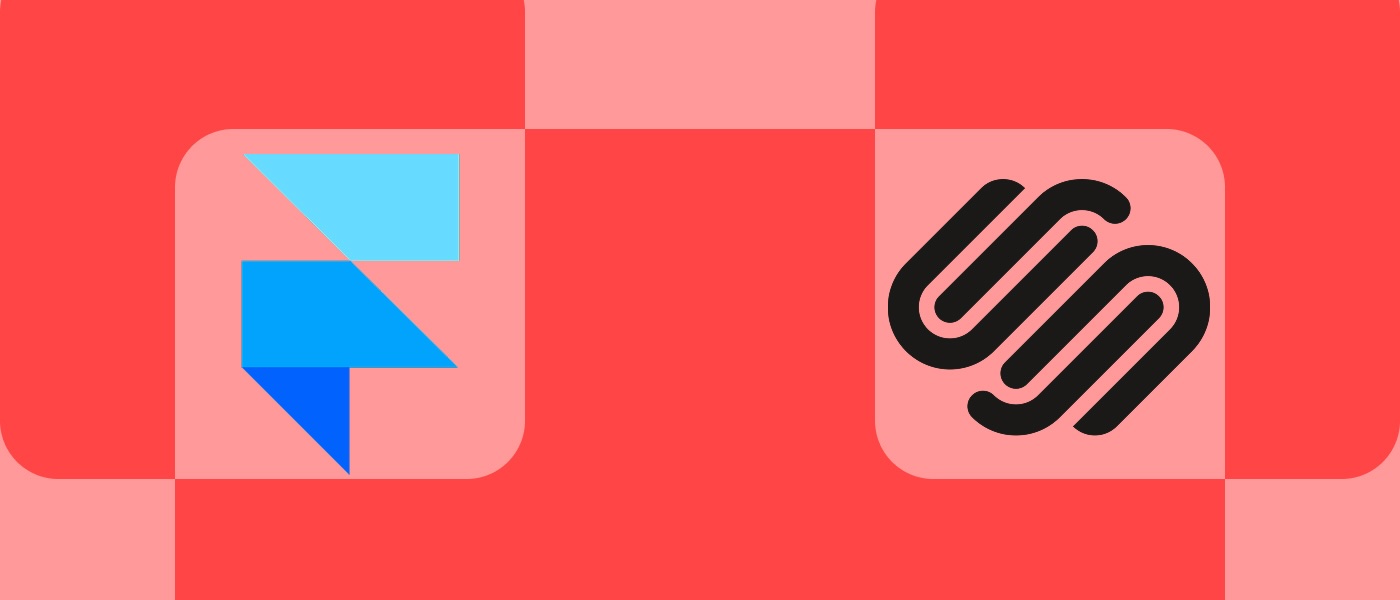Marketplace and Platform Banking - the future?

Platform & Marketplace banking share many similarities as they both allow third parties to use the bank’s own data in order to create financial products.
Introduction
In recent times, the financial industry has experienced great upheaval from new competition. Fintechs such as Revolut have made financial services more cost effective, accessible, and personalised. A report by EY found that 64% of those surveyed were using at least one fintech solution1. This adoption has likely increased thanks to the Covid-19 pandemic with customers choosing digital services in an environment where physical contact was discouraged.
Traditional banks, relying on mass, standardised financial products, have been caught off guard and are struggling to compete. Nevertheless, banks hold two significant advantages over the industry’s newest competitors, trust and big data. Trust is the essential ingredient in banking. If a bank cannot be trusted, customers will withdraw their money, preventing a bank from lending. Bank trust is influenced by the bank’s approval from their respective government (usually in the form of a license) and the bank’s brand existing for years, in some cases hundreds, compared to the recent arrival of fintechs2. In part thanks to this trust, banks are trusted by consumers with another advantage, large amounts of consumer data. This data allows banks to segment customers effectively and efficiently, allowing them to provide (and tailor) the most relevant financial products to their needs3. This is especially important given the customer’s desire for hyper relevance, where consumers expect services highly relevant to them. Satisfying this desire adequately could result in more satisfied and long-term customers, particularly in case of tech savvy generations, allowing greater long-term profits too4.
This leaves the question of how banks can leverage these advantages into business models in the digital age. Curious and excited for what the future holds, we explored two possible models, Platform and Marketplace banking. We will explain what they are and outline their benefits and drawbacks.
Before we begin, it is important to note these models (or variants of them) are becoming increasingly popular. In 2019, Deloitte did a survey in the US asking respondents what they thought of a superstore financial app, an app providing all financial services within one place, which is extremely like Platform and Marketplace banking. Of those surveyed, 34% of respondents were favourable to the idea with even greater appeal among younger generations, reaching 75% approval from Gen Z respondents5.
Platform banking
Platform banking means that banks create a digital platform, manage the back-end operations, and open their Application Programming Interface (APIs) to other financial providers (such as fintechs or even competitors). Any financial provider which can pass basic criteria is allowed to join the platform and make use of the bank’s data. Each third party uses the bank’s data to specialise on creating distinctive, value-added services for customers on the platform. In a sense, the bank acts as a matchmaker, pairing up customers’ desires which can be satisfied by fintechs’ products. The bank still provides a core service, usually specialising in current accounts, whilst having the third parties effectively fill the gaps in what the bank offers. Customers (both consumers and businesses) can compare and choose from a huge selection of similar, competing financial products such as mortgages, loans, and many others6.

From a customer perspective the main advantage of platform banking is the quality and range of financial services it offers. Financial products are built by fintechs who are most capable of building them, increasing the value of the financial products available to customers. Increased product variety raises the likelihood customers will be able to discover the most relevant financial product for them granting more satisfaction thereby increasing customer loyalty to the bank, and more committed customers mean greater revenue8. A further benefit for customers is the fact that intense competition between financial providers may reduce the average price of some services.
From fintechs’ perspective, joining a bank’s platform results in benefits from the bank’s brand and the associated trust. If the bank trusts the provider enough to allow them to join the platform the customer can trust them as well. Fintechs also get to use the consumer data needed to enhance their products. In exchange, the bank does not have to go through the costly (and risky) process of developing its own financial products. Moreover, the bank is able to diversify the risk of these products failing through the partnerships and avoid any cannibalised sales9. In effect it’s a win-win scenario. Fintechs get the trust and data whilst the bank gets the trendy, high quality products customers love.
On the other hand, there are drawbacks to platform banking. No one can deny having options is great, however too much may overwhelm and inconvenience the customer. Instead of spending a few minutes on choosing, customers may have to spend hours researching which option suits their needs the most. The difficulty of integrating so many different financial providers onto a single platform may also result in a less seamless experience for the customer10.
Integrating several providers also raises the question of data security. If the requirements for joining are relatively simple, this increases the chance of a malicious user launching a cyberattack or steal sensitive user data. Even if the risk of a cyberattack is low, customers may lose trust in a bank which provides access to their data to practically anyone who can pass the banks basic conditions. This subsequent loss of trust can greatly damage the brand name of the bank.
Marketplace Banking
Similarly to Platform banking, Marketplace banking acts as a financial matchmaker, opening a platform and its APIs to third parties. However, in this model the bank is much more selective on which third parties can access and use the bank's data. The result is fewer financial providers though ones which are more complementary to the bank.
The advantages of Marketplace banking are the same as Platform banking although Marketplace banking does play into the banks advantage of customer trust and brand appeal. With a more selective criteria, marketplace banking will only include third parties who are able to provide the most relevant services to customers. Customers are more likely to have their needs directly met, resulting is more satisfaction and loyalty, leading to greater overall profits. A more selective criteria is more likely to sustain the bank’s brand. By only allowing a few selected fintechs to access their data, customers are more likely to believe that their data security is taken seriously.
However, this strict partner selection means that Marketplace banking does not offer as wide a selection when compared to Platform banking which decreases the chance of the customer finding the service they really need.
In effect, Marketplace banking places an emphasis on quality, with quantity being the focus of Platform banking.

Conclusion
To conclude, Platform and Marketplace banking models share many similarities. They both allow third parties to use the bank’s own data in order to create financial products and market them to customers on the bank's infrastructure. These products help to supplement the gaps in what the bank itself provides. Third parties benefit from the trust associated with banks, and banks are simultaneously able to specialise and maintain a coverage of all financial products. Value is added to customers in the form of wider choice. The difference being marketplace banking is more selective as to whom is chosen asa third party.
Is either one of these approaches better than the other? That’s a tough call, and one that depends on the customer. Does the customer prefer a huge variety of options or a select few, highly relevant to them? SMEs are more likely to be attracted to marketplace banking because they need financial products which are more personalised to them.12 Only a bank (and selected few) can have the information needed to truly understand their needs. On the other hand, users may benefit more from Platform banking and the greater amount of choice associated with it.
There is also the question of what option banks should choose. Again, it depends on the bank’s own product offering and customer base. Well known banks tend to be larger ones. With this in mind, it may be better for larger banks to choose the marketplace banking model which gives the ability to capitalise on its brand strength. Banks with fewer financial products may find it beneficial to choose platform banking and it offers larger a number of options.
We hope that you found this blog post useful! Do not hesitate to follow us, so you won’t miss interesting stories in the future either. This article was provided by Alex Bonnard. Melinda Havas, Head of Marketing & Business Development and Bence Siklós, Business Analyst revised the content.
1 https://www.ey.com/en_hu/ey-global-fintech-adoption-index
2 https://www2.deloitte.com/us/en/pages/financial-services/articles/platform-banking-as-a-new-business-model.html
3 https://bankingblog.accenture.com/banking-marketplace-making-a-wise-pivot
4 https://bankingblog.accenture.com/banking-marketplace-making-a-wise-pivot
5 https://www2.deloitte.com/us/en/pages/financial-services/articles/platform-banking-as-a-new-business-model.html
6 https://www.comparethecloud.net/articles/marketplace-vs-platform-banking-why-the-marketplace-approach-must-prevail-to-better-serve-smes/
7 https://wso2.com/articles/2019/08/implementing-a-successful-open-banking-architecture/
8 https://www.infopulse.com/blog/mobile-banking-baas-marketplace-banking
9 https://www.infopulse.com/blog/mobile-banking-baas-marketplace-banking
10 https://www.linkedin.com/pulse/why-marketplace-banking-better-newcomers-while-platform-gelis/
11 https://sepa-cyber.com/core-banking-system/
12 https://www.comparethecloud.net/articles/marketplace-vs-platform-banking-why-the-marketplace-approach-must-prevail-to-better-serve-smes/













